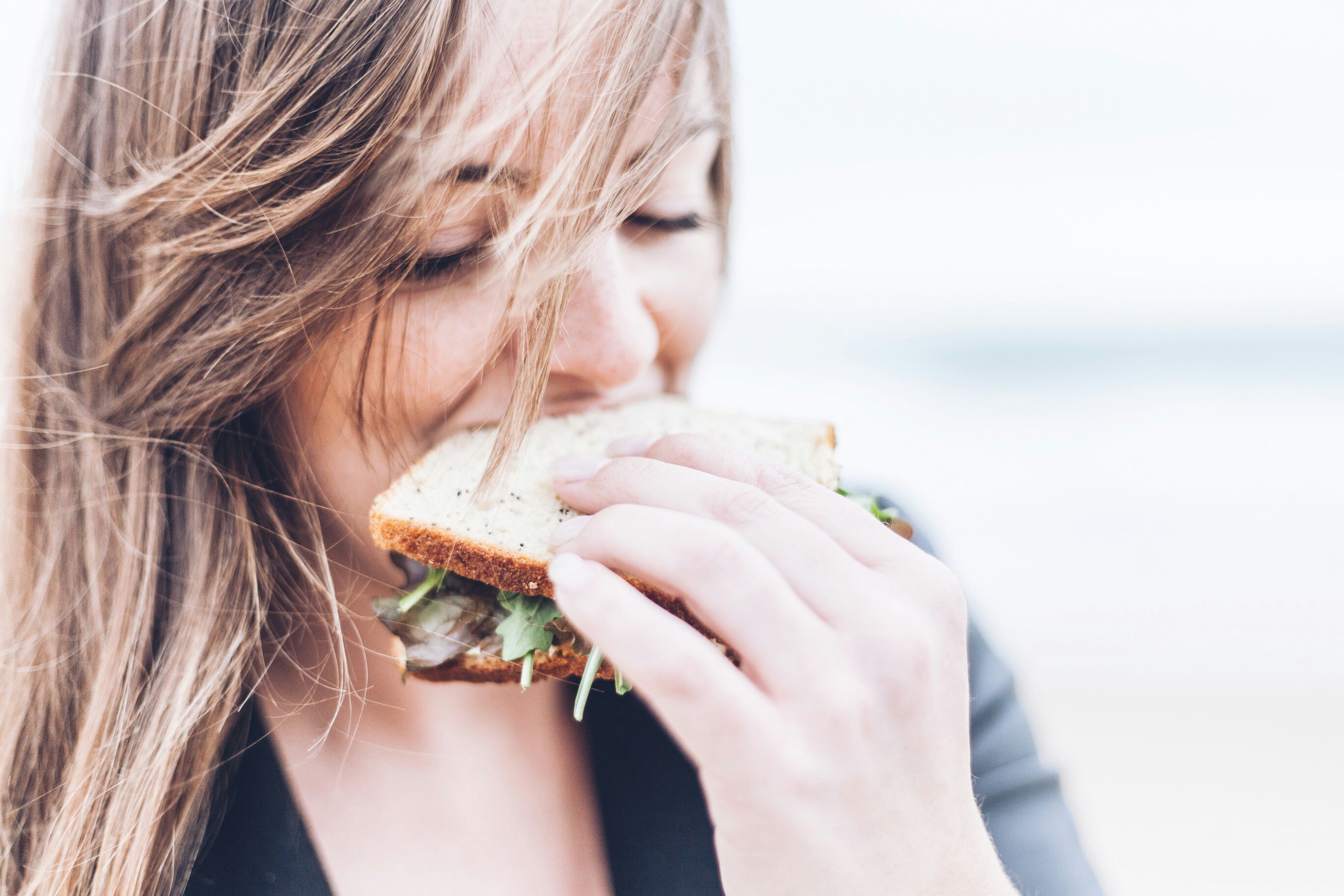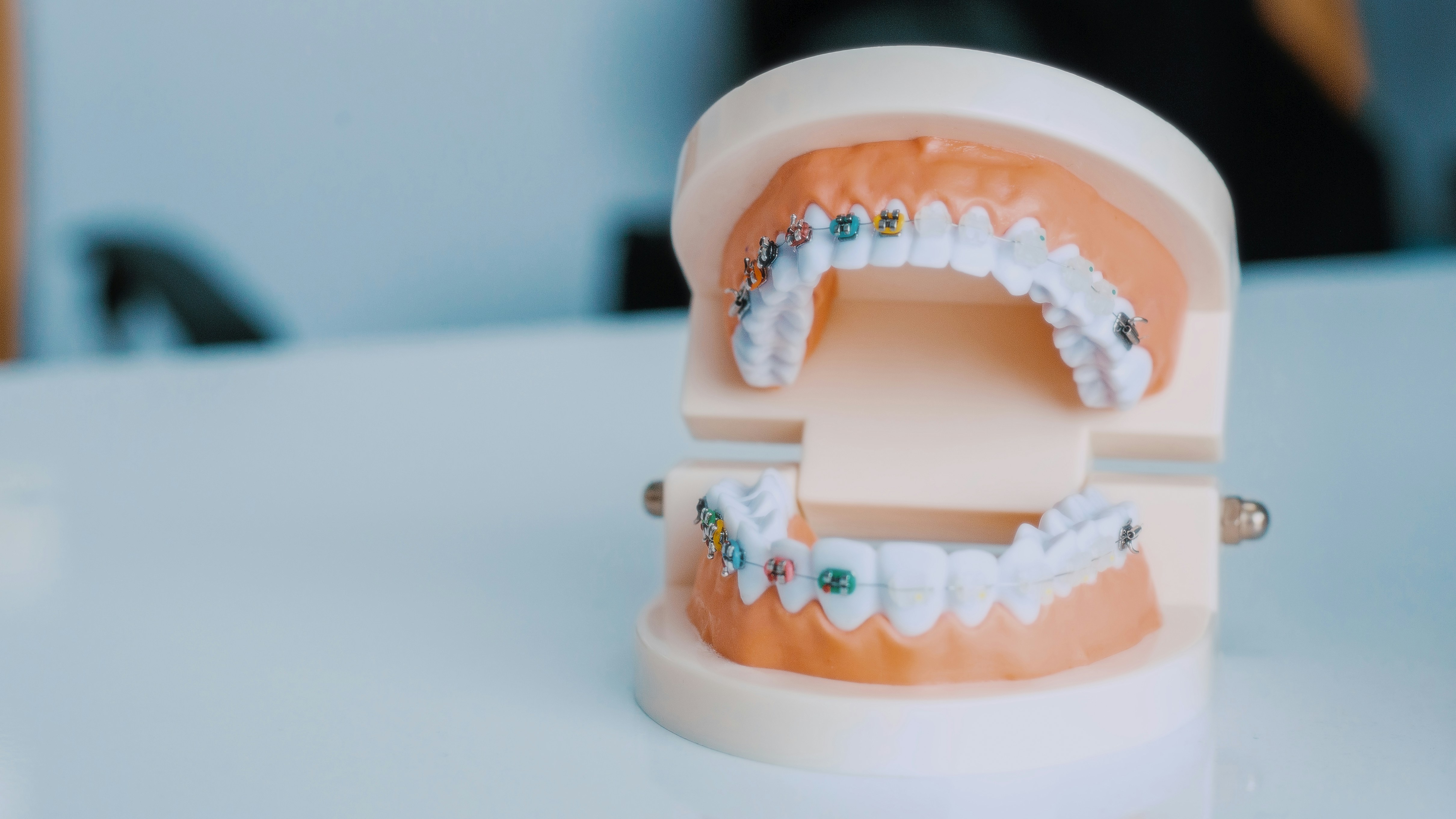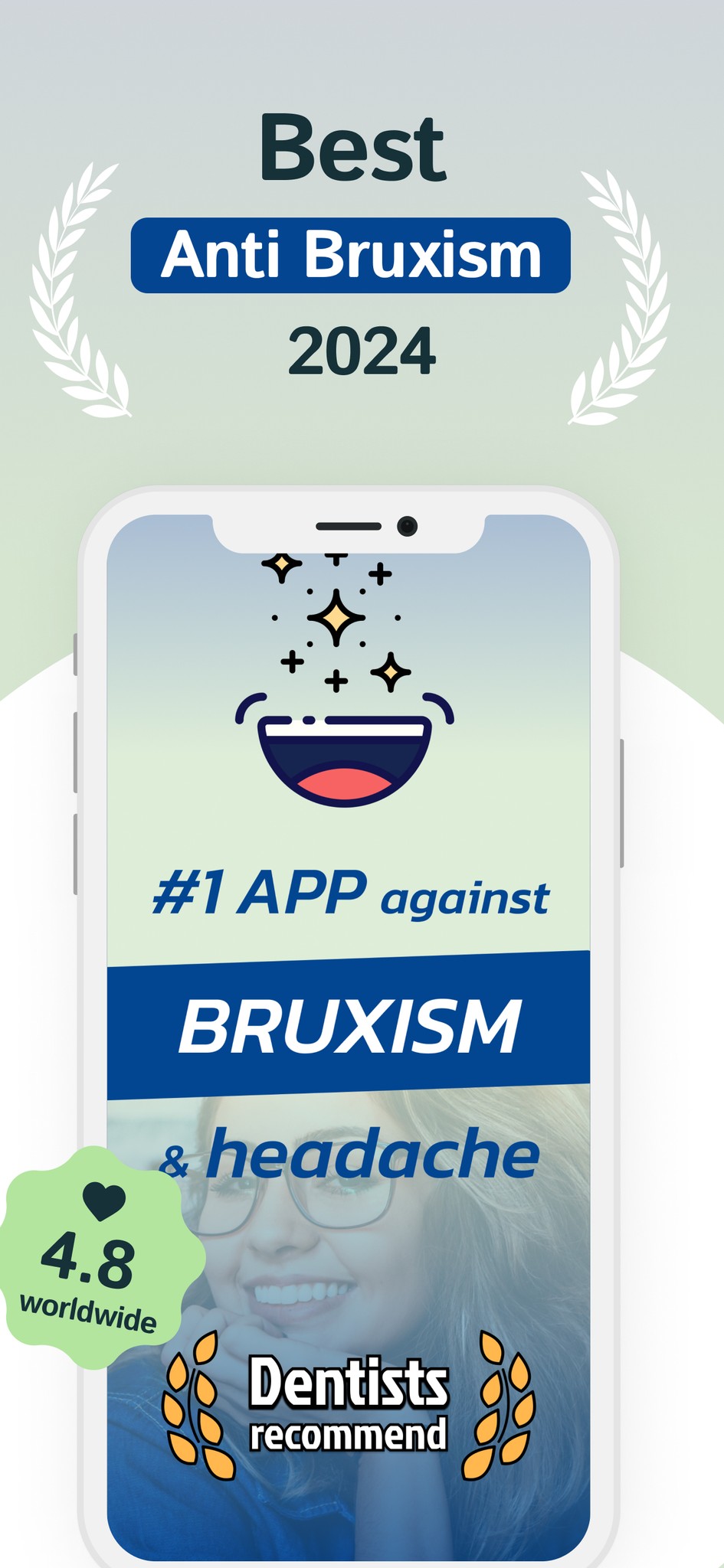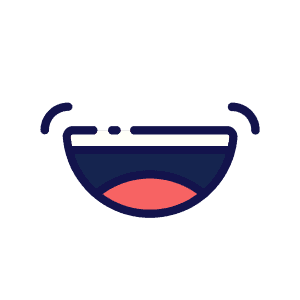
Oct 21, 2024
The Role of Diet in Managing Bruxism: Foods to Embrace and Avoid
Bruxism, or teeth grinding, is a condition that can significantly impact dental health and overall well-being. While stress and anxiety are common contributors to bruxism, diet also plays a crucial role in managing this condition. In this article, we will explore how certain foods can either exacerbate or alleviate bruxism symptoms and how the Bruxism+ app can assist in your dietary management.
Foods That May Worsen Bruxism
Certain dietary choices can increase stress levels or lead to muscle tension, aggravating bruxism. Here are some foods to limit or avoid:
Caffeine: Found in coffee, tea, and energy drinks, caffeine is a stimulant that can heighten anxiety and disrupt sleep, contributing to teeth grinding.
Alcohol: While alcohol may initially promote relaxation, it can interfere with sleep quality and exacerbate bruxism symptoms.
Sugary and Processed Foods: High sugar intake can lead to energy crashes and increased irritability, making stress management more difficult.
Hard and Chewy Foods: Consuming tough foods can put additional strain on the jaw muscles, which may worsen bruxism.
By being mindful of your dietary choices, you can help mitigate some of the factors contributing to teeth grinding.
Foods That Support Bruxism Management
Incorporating certain foods into your diet can promote relaxation and overall health. Consider adding the following to your meals:
Fruits and Vegetables: Rich in vitamins and minerals, these foods help reduce inflammation and promote overall health. Magnesium-rich foods like bananas and spinach can help relax muscles.
Whole Grains: Foods like brown rice and oats can stabilize blood sugar levels, preventing energy crashes and irritability.
Lean Proteins: Options like chicken, fish, and legumes provide essential nutrients that support muscle health and recovery.
Herbal Teas: Chamomile or valerian root tea can promote relaxation and improve sleep quality, helping to reduce bruxism symptoms.
Using Bruxism+ for Dietary Tracking
The Bruxism+ app can assist you in tracking your diet and its impact on bruxism. By logging your meals and noting any changes in grinding frequency or intensity, you can identify which foods may be triggering your symptoms. The app also includes relaxation techniques and stress management exercises that can complement dietary changes, helping you to take a holistic approach to managing bruxism.
Conclusion
Diet plays a significant role in managing bruxism, with certain foods potentially exacerbating or alleviating symptoms. By making informed dietary choices and utilizing resources like the Bruxism+ app, you can effectively manage bruxism and improve your overall well-being. Remember, small changes in your diet can lead to significant improvements in your dental health and quality of life.
Bruxism, or teeth grinding, is a condition that can significantly impact dental health and overall well-being. While stress and anxiety are common contributors to bruxism, diet also plays a crucial role in managing this condition. In this article, we will explore how certain foods can either exacerbate or alleviate bruxism symptoms and how the Bruxism+ app can assist in your dietary management.
Foods That May Worsen Bruxism
Certain dietary choices can increase stress levels or lead to muscle tension, aggravating bruxism. Here are some foods to limit or avoid:
Caffeine: Found in coffee, tea, and energy drinks, caffeine is a stimulant that can heighten anxiety and disrupt sleep, contributing to teeth grinding.
Alcohol: While alcohol may initially promote relaxation, it can interfere with sleep quality and exacerbate bruxism symptoms.
Sugary and Processed Foods: High sugar intake can lead to energy crashes and increased irritability, making stress management more difficult.
Hard and Chewy Foods: Consuming tough foods can put additional strain on the jaw muscles, which may worsen bruxism.
By being mindful of your dietary choices, you can help mitigate some of the factors contributing to teeth grinding.
Foods That Support Bruxism Management
Incorporating certain foods into your diet can promote relaxation and overall health. Consider adding the following to your meals:
Fruits and Vegetables: Rich in vitamins and minerals, these foods help reduce inflammation and promote overall health. Magnesium-rich foods like bananas and spinach can help relax muscles.
Whole Grains: Foods like brown rice and oats can stabilize blood sugar levels, preventing energy crashes and irritability.
Lean Proteins: Options like chicken, fish, and legumes provide essential nutrients that support muscle health and recovery.
Herbal Teas: Chamomile or valerian root tea can promote relaxation and improve sleep quality, helping to reduce bruxism symptoms.
Using Bruxism+ for Dietary Tracking
The Bruxism+ app can assist you in tracking your diet and its impact on bruxism. By logging your meals and noting any changes in grinding frequency or intensity, you can identify which foods may be triggering your symptoms. The app also includes relaxation techniques and stress management exercises that can complement dietary changes, helping you to take a holistic approach to managing bruxism.
Conclusion
Diet plays a significant role in managing bruxism, with certain foods potentially exacerbating or alleviating symptoms. By making informed dietary choices and utilizing resources like the Bruxism+ app, you can effectively manage bruxism and improve your overall well-being. Remember, small changes in your diet can lead to significant improvements in your dental health and quality of life.
Bruxism, or teeth grinding, is a condition that can significantly impact dental health and overall well-being. While stress and anxiety are common contributors to bruxism, diet also plays a crucial role in managing this condition. In this article, we will explore how certain foods can either exacerbate or alleviate bruxism symptoms and how the Bruxism+ app can assist in your dietary management.
Foods That May Worsen Bruxism
Certain dietary choices can increase stress levels or lead to muscle tension, aggravating bruxism. Here are some foods to limit or avoid:
Caffeine: Found in coffee, tea, and energy drinks, caffeine is a stimulant that can heighten anxiety and disrupt sleep, contributing to teeth grinding.
Alcohol: While alcohol may initially promote relaxation, it can interfere with sleep quality and exacerbate bruxism symptoms.
Sugary and Processed Foods: High sugar intake can lead to energy crashes and increased irritability, making stress management more difficult.
Hard and Chewy Foods: Consuming tough foods can put additional strain on the jaw muscles, which may worsen bruxism.
By being mindful of your dietary choices, you can help mitigate some of the factors contributing to teeth grinding.
Foods That Support Bruxism Management
Incorporating certain foods into your diet can promote relaxation and overall health. Consider adding the following to your meals:
Fruits and Vegetables: Rich in vitamins and minerals, these foods help reduce inflammation and promote overall health. Magnesium-rich foods like bananas and spinach can help relax muscles.
Whole Grains: Foods like brown rice and oats can stabilize blood sugar levels, preventing energy crashes and irritability.
Lean Proteins: Options like chicken, fish, and legumes provide essential nutrients that support muscle health and recovery.
Herbal Teas: Chamomile or valerian root tea can promote relaxation and improve sleep quality, helping to reduce bruxism symptoms.
Using Bruxism+ for Dietary Tracking
The Bruxism+ app can assist you in tracking your diet and its impact on bruxism. By logging your meals and noting any changes in grinding frequency or intensity, you can identify which foods may be triggering your symptoms. The app also includes relaxation techniques and stress management exercises that can complement dietary changes, helping you to take a holistic approach to managing bruxism.
Conclusion
Diet plays a significant role in managing bruxism, with certain foods potentially exacerbating or alleviating symptoms. By making informed dietary choices and utilizing resources like the Bruxism+ app, you can effectively manage bruxism and improve your overall well-being. Remember, small changes in your diet can lead to significant improvements in your dental health and quality of life.
Our latest stories:


Nov 15, 2024
Dietary Changes That May Help Reduce Bruxism Symptoms


Nov 11, 2024
The Impact of Jaw Alignment on Bruxism: What You Need to Know


Nov 8, 2024
Understanding Sleep Apnea and Its Link to Bruxism
See all posts
Extra
Extra
Extra


